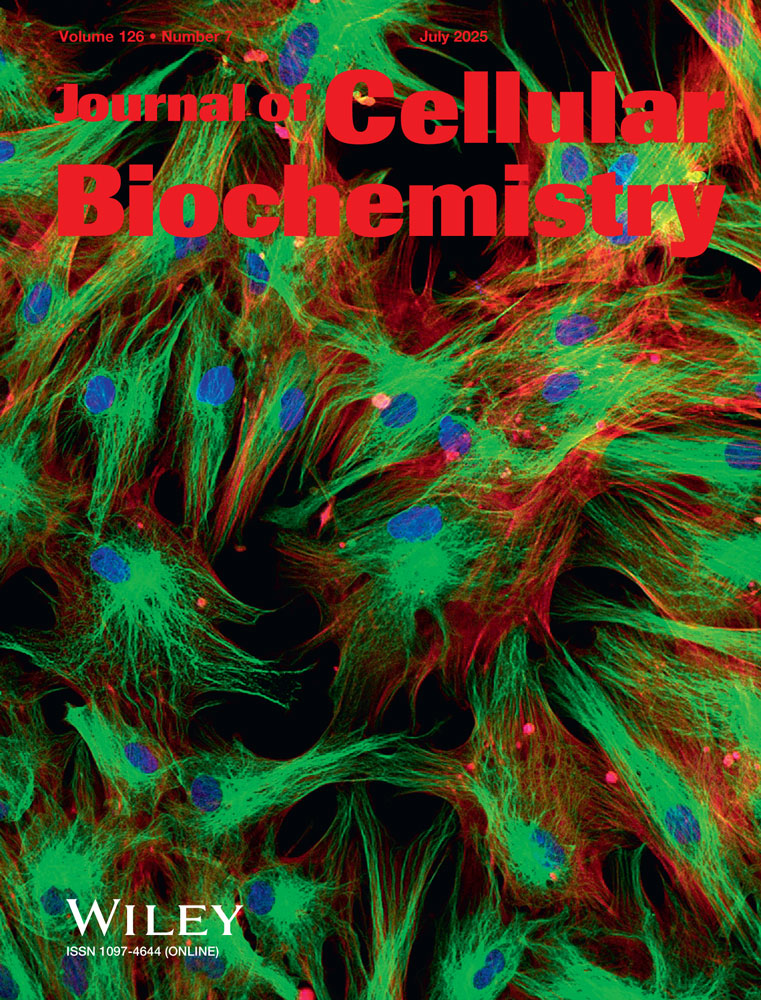Dual mechanism of protein-tyrosine phosphorylation in concanavalin A-stimulated platelets
Abstract
Treatment of human platelets with the lectin Concanavalin A (Con A) resulted in the tyrosine phosphorylation of several proteins with molecular masses 65, 80, 85, 95, 120, 135, and 150 kDa. These proteins were divided in two groups: the first group included the 65-, 85-, 95-, and 120-kDa bands, which were tyrosine phosphorylated also in thrombin-stimulated platelets; the second group (80-, 135-, and 150-kDa bands) included proteins whose tyrosine phosphorylation was exclusively promoted by Con A, but not by thrombin. Members of the second group were rapidly dephosphorylated when the lectin was displaced from the cell surface by methyl α-D-mannopyranoside. Pretreatment of intact platelets with the prostacyclin analog iloprost, inhibited Con A-induced tyrosine phosphorylation of the first group of proteins, but had no effect on the tyrosine phosphorylation of the proteins of the second group. Succinyl-Con A, a dimeric derivative of the lectin, which binds to the platelet surface but does not promote clustering of the receptor, did not induce tyrosine phosphorylation of the second group of proteins, although phosphorylation of some members of the first group was observed. Our results demonstrate the presence of two different mechanisms leading to protein-tyrosine phosphorylation in Con A-stimulated platelets, and identify a new signal transduction pathway, promoted by the clustering of membrane glycoproteins, that produces tyrosine phosphorylation of specific substrates. This new pathway may be activated by platelet interaction with multivalent ligands, such as adhesive proteins, during adhesion, spreading, and aggregation.




